Khanat Caravanserai | Where History Meets Modernity
Located at the heart of Tehran stands the captivating Khanat Caravanserai, an architectural gem that traces its roots back to the illustrious Qajar era.
Built during this transformative period, the caravanserai symbolizes a chapter in Iran's history marked by trade, cultural exchange, and bustling commerce along the Silk Road.
Today, amidst Tehran's vibrant landscape, Khanat Caravanserai stands as a testament to its rich heritage, drawing visitors keen to delve into Iran's past. Restored to its former glory, the caravanserai's elegant brickwork and intricate Girih tiles showcase Persian craftsmanship at its finest.
Historical Background of Khanat Caravanserai
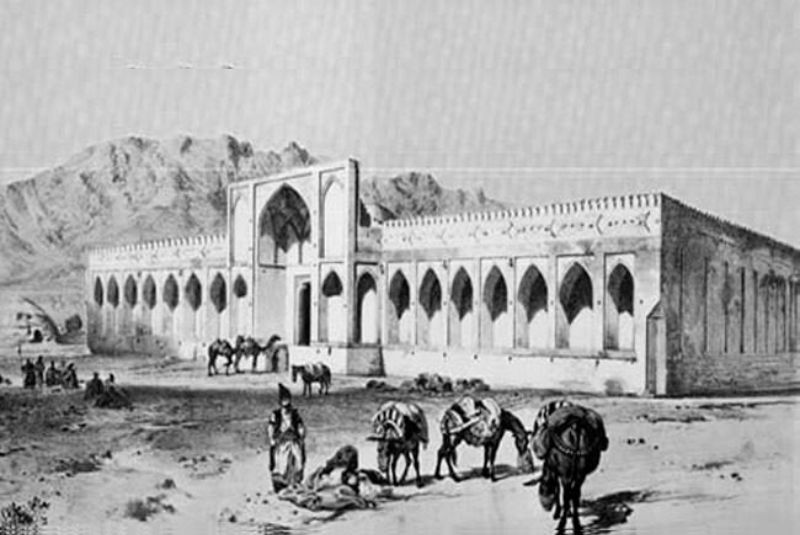
Caravanserais in Iran stand as living testaments to the country's vibrant history and its pivotal role in ancient trade routes. Dating back centuries, these iconic structures served as crucial waystations along mostly the fabled Silk Road, facilitating trade, fostering cultural exchange, and offering respite to weary travelers and their caravans. These architectural marvels dotted the landscapes, providing merchants, traders, and nomads with a safe haven for rest, trade, and commerce.
Amidst this historical context, Khanat Caravanserai emerges as a beacon of Iran's past glory during the Qajar period. Constructed around the late 19th century, this caravanserai epitomized the thriving commerce and bustling activity that characterized Tehran's development during that era. Its strategic location at the intersection of significant trade routes—Qom, Khorasan, Mazandaran, Qazvin, Gilan, and Saveh—underscored its importance as a central hub for trade and cultural exchange.
During its age, Khanat Caravanserai was a bustling center of commerce, welcoming merchants and traders from diverse regions, fostering economic growth, and contributing significantly to Tehran's expansion. Its significance extended beyond mere trade; it was a melting pot of cultures, ideas, and goods, creating a vibrant tapestry of exchange that enriched not only Tehran but also the broader region.
The Khanat Caravanserai age marks a pivotal time in Iran's history, where its role transcended being a mere stopover for merchants. It stood as a testament to the country's economic prowess, its openness to international trade, and its position as a crossroads of civilizations. Today, as visitors explore its historic corridors and elegant architecture, they step back in time to grasp the immense significance this caravanserai held in shaping Iran's past and its enduring legacy in trade and cultural integration.
| Suggestion: Persian Empire - Facts & History of Achaemenids
Khanat Caravanserai Architecture
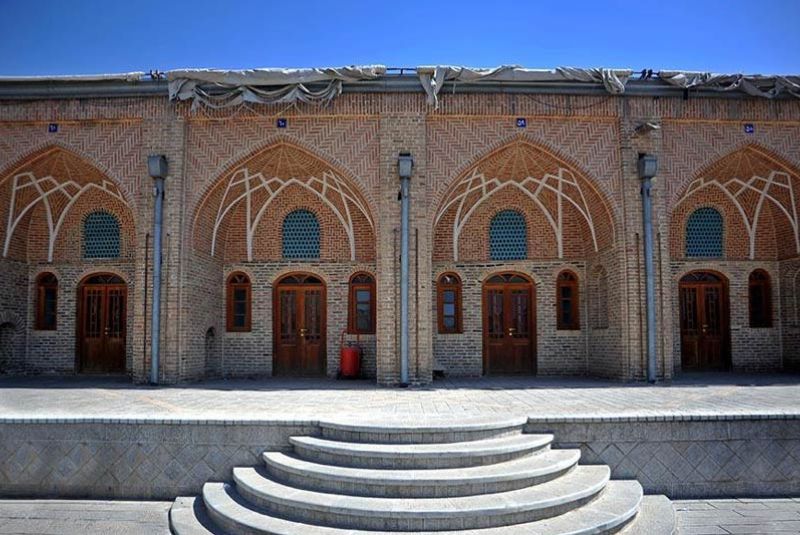
Khanat Caravanserai stands as an architectural marvel, showcasing distinctive features that echo its rich history and cultural significance. The layout is a testament to meticulous planning, featuring a symmetrical design that encapsulates the essence of Persian architecture.
The caravanserai boasts a captivating blend of design elements, predominantly characterized by its intricate brickwork and Girih tiles, showcasing the exceptional craftsmanship of the Qajar era. The use of these materials not only imbues the structure with aesthetic beauty but also ensures durability, standing the test of time through the centuries.
One of the most striking aspects of Khanat Caravanserai is its symmetrical courtyard, an inviting space that served as a bustling hub for trade and commerce. Surrounded by 54 cells, each meticulously crafted, the courtyard exudes an aura of historic grandeur. These cells, 13 on each side, once accommodated merchants and traders, showcasing the caravanserai's pivotal role in fostering economic activities.
Two elegant porches, one leading to the main entrance and the other to a secondary entrance, add to the architectural allure of the caravanserai. These porches, adorned with ornate details, not only served as entryways but also offered shelter and respite to travelers and their goods.
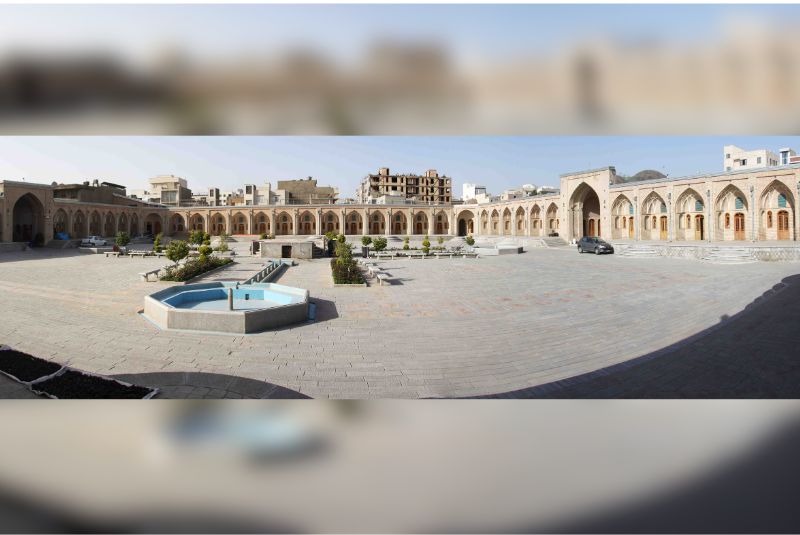
The main entrances, particularly the grand door made of Russian wood, stand as a testament to the caravanserai's grandeur. Adorned with 40 studs and framed by tiles inscribed with teachings of Imam Ali on trade etiquette, this entrance exudes historical significance and cultural richness.
Additionally, the caravanserai boasts corridors with dome-covered roofs leading to barns and stables that once housed cattle. These areas, coupled with the vestibules and storage spaces, provided essential amenities for travelers and merchants, further solidifying Khanat Caravanserai's status as a pivotal stop along trade routes.
Visitors exploring Khanat Caravanserai today can't help but marvel at its architectural finesse, transporting them back in time to an era when this structure pulsated with commercial activity and cultural exchange, leaving an indelible mark on Iran's historical landscape.
| Read more: All Caravanserais on Silk Road - First Tourist Inns in the World
Transformation Over Time
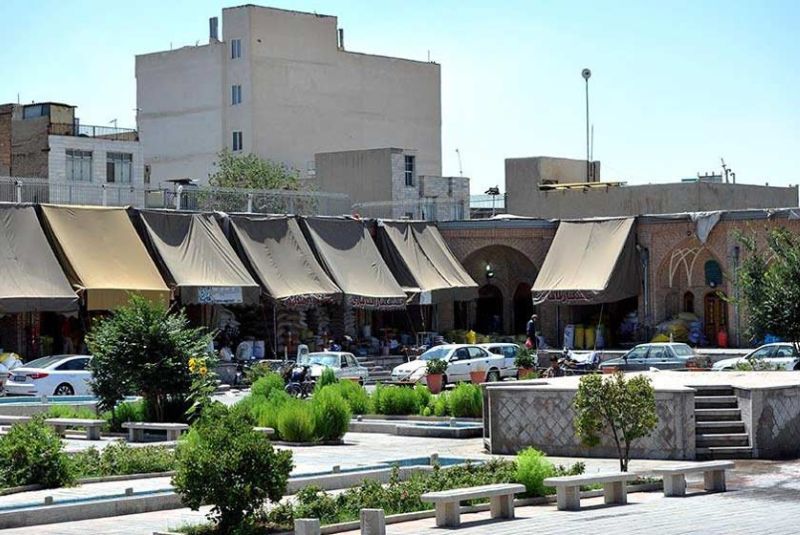
Since its construction in the late 19th century during the Qajar era, Khanat Caravanserai has undergone a remarkable transformation that echoes the shifting tides of history. Initially erected as a bustling trade hub catering to merchants traversing Iran's crucial trade routes, the caravanserai played a pivotal role in facilitating commerce and cultural exchange.
However, as Tehran expanded and modernized over the years, the role of Khanat Caravanserai underwent a gradual shift. With the decline of traditional caravan trade, the caravanserai ceased to function as a bustling marketplace. The advent of modern transportation rendered its original purpose obsolete, leading to a decline in its commercial significance.
Yet, despite the changes in trade dynamics, Khanat Caravanserai found new life as a cultural site. The restoration efforts breathed fresh vitality into this historical edifice, preserving its architectural grandeur while repurposing its spaces. Today, it stands as a testament to Iran's rich heritage, offering visitors a glimpse into its illustrious past and serving as a cultural hub.
The caravanserai has transitioned from a bustling trade center to a cherished cultural destination. It now houses businesses like nut and dry fruit traders alongside a traditional restaurant, welcoming locals and tourists alike. Its historical charm, coupled with its adaptation to modern times, has transformed Khanat Caravanserai into a thriving cultural landmark that continues to enthrall visitors with its historical legacy and architectural splendor.
| Discover: Iranian Modern Architecture - Tradition & Innovation Blend
Visitor Experience and Attractions
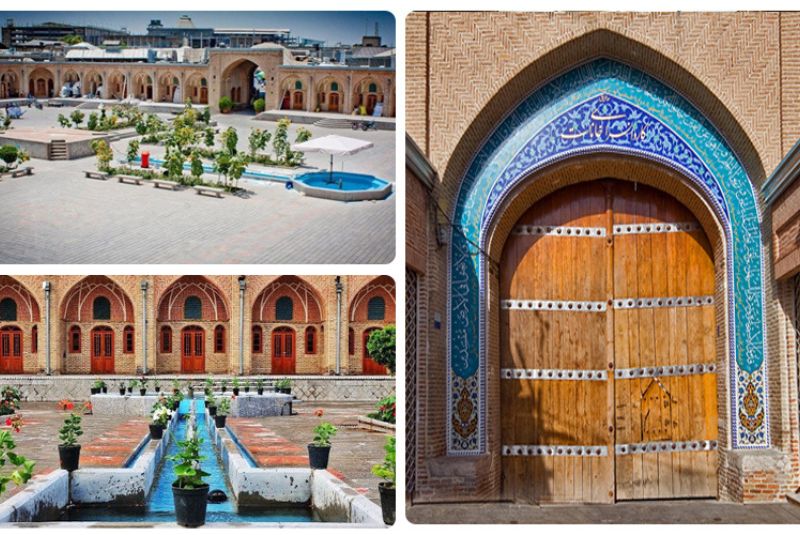
Visitors stepping into Khanat Caravanserai today are greeted by a harmonious blend of history and modernity. While the caravans and four-legged companions have faded into the past, the essence of this historic site remains vibrant and inviting. Tourists exploring the premises can witness the continuity of commerce within its ancient walls, albeit in a different form. The cells that once housed traders now host bustling businesses, particularly nut and dry fruit traders, who continue the legacy of commerce that once thrived here.
Amidst the vibrant trade, one of the highlights for visitors is the traditional restaurant nestled within the caravanserai. This dining haven offers a delightful culinary experience, serving authentic Iranian cuisine in a setting steeped in history. Tourists flock to this restaurant not only to savor the delectable flavors of Persian cuisine but also to immerse themselves in the ambiance of Khanat Caravanserai. The restaurant, set in a corner of this historical edifice, offers a unique opportunity to relish a meal amidst the echoes of centuries-old trade and cultural exchange.
Beyond the trading hub and dining experience, Khanat Caravanserai is a magnet for explorers seeking a glimpse into Iran's past. The site beckons with its architectural splendor, providing visitors with a chance to wander through the symmetrical courtyard, marvel at the ornate details, and grasp the significance of this cultural heritage site. For tourists, the allure lies not only in the tangible remnants of history but also in the immersive experience of being part of a legacy that spans centuries.
| Suggestion: Tehran's Most Famous Palaces
How to Reach Khanat Caravanserai
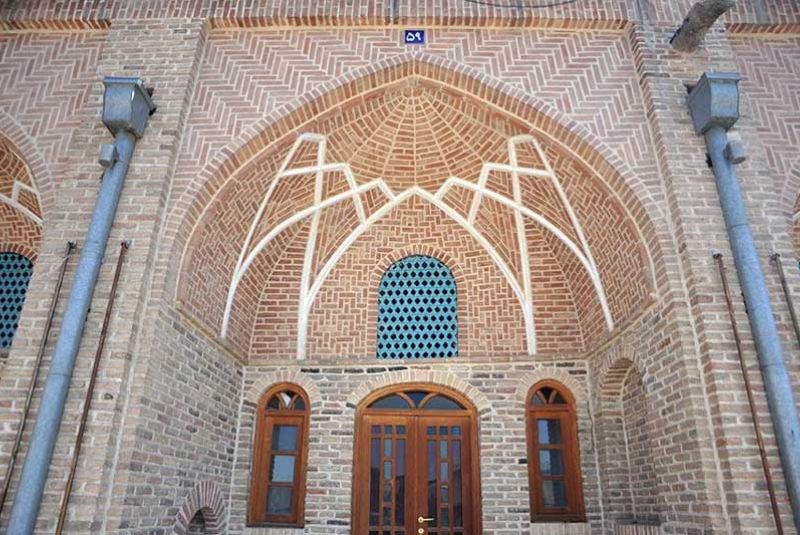
Reaching Khanat Caravanserai in Tehran is relatively straightforward for tourists eager to explore this historical gem. Situated in the heart of Tehran, the caravanserai is conveniently accessible via various modes of transportation.
For those opting for the metro, taking Line Number One (Tajrish-Kahrizak) and disembarking at Mohammadiye Square station is the first step. From there, the caravanserai is approximately 1.5 kilometers away. Alternatively, tourists can utilize the rapid transit bus (BRT) system by boarding Line Number Two (Azadi Terminal-Khavaran Terminal) or Line Number Seven (Tajrish Terminal-Rah Ahan). If taking the second line, alight at Molavi Intersection station, or if using the seventh line, disembark at Molavi station. Both stations are convenient access points to reach Khanat Caravanserai.
Regardless of the mode of transportation chosen, the Khanat Caravanserai location, nestled north of Shoush Square, south of Molavi intersection, Amin al-Sultan Square, on Saheb Jam Street, remains easily reachable for tourists eager to delve into Iran's captivating history.
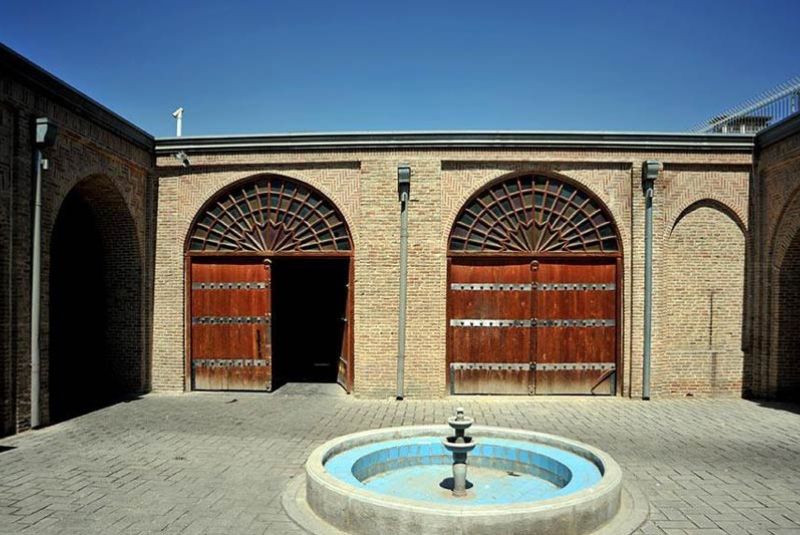
Finally!
Khanat Caravanserai stands as a living testament to Iran's rich historical narrative, encapsulating centuries of trade, cultural exchange, and architectural brilliance. Its significance transcends mere bricks and mortar, representing an era where commerce flourished and diverse cultures converged.
Visiting Khanat Caravanserai offers more than just a glimpse into the past; it's an immersive journey through time. Stepping into its symmetrical courtyard, exploring the cells, and witnessing its architectural finesse provides a tangible connection to Iran's vibrant history.
For tourists seeking to unravel the layers of Iran's heritage, a visit to Khanat Caravanserai is a must. Embrace the opportunity to witness the evolution of this historic site and experience the echoes of bustling trade routes that once thrived within its walls. Delve into its charm, absorb its stories, and immerse yourself in the captivating aura that Khanat Caravanserai exudes, inviting all to be a part of its enduring legacy.
Share your story!
Comment below and let us know about your Experience.
Your story inspires others!


Comment
Leave a Comment